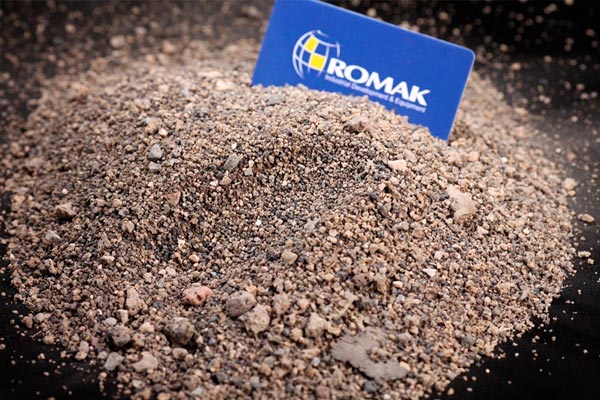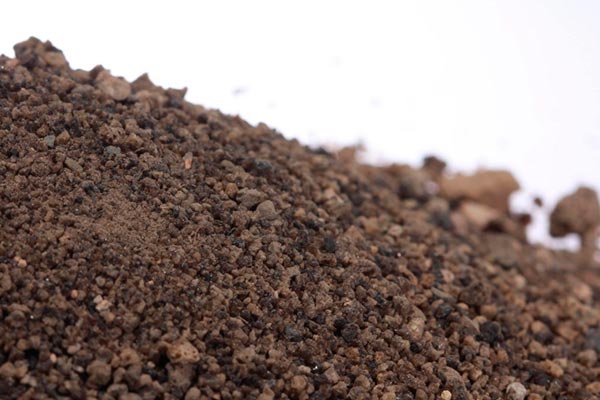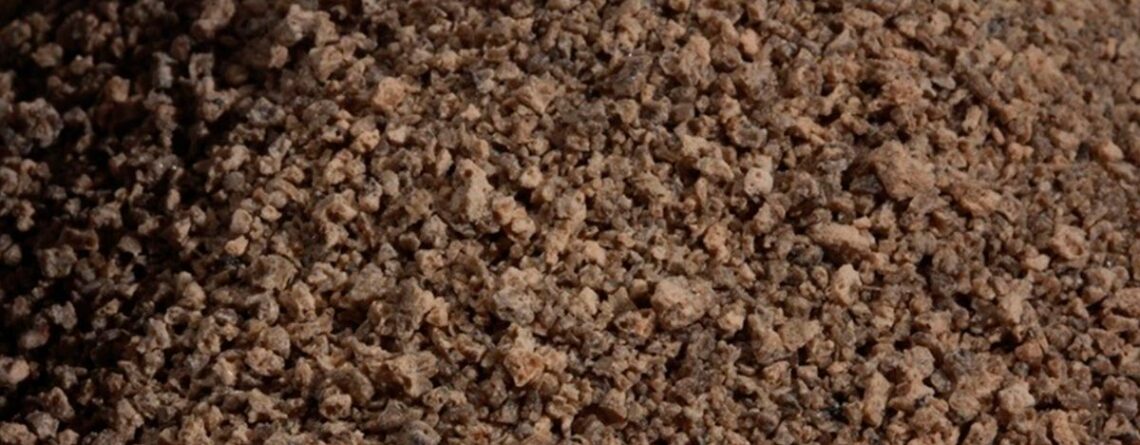Iran Blast Furnace Slag: Slag cement is a steel-making by product which enhances the common concrete advantages of durability and endurance while extending declines in waste, energy utilization, and greenhouse gas emissions.
The chemical composition of it changes depending on the melting procedure. Its mineralogical composition also varies based on the cooling process. Two different types of steel slag were used as an absorbing bed for various concentrations of Pb2+ ions in the form of lead chloride.
The concentration of lead ions was measured in the effluent by atomic absorption spectroscopy. When Electric Arc Furnace slag (EAFS), a basic crystalline slag, was used in various concentrations of Pb2+, ranging from 2mg/lit up to 10 mg/lit. The concentration of lead ions dramatically decreased in the first thirty 30 minutes.
The remaining ions were absorbed up to 48 hours that the reaction was continuing but at a slower rate.
Almost the same thing happened when granulated BFS (GBFS) which is also a basic slag but in the amorphous mineralogical form, was used as the absorbing bed.
The extent of ion removal from the solution was much lower compared to EAFS. Based on this study’s results, both types of slags can be used as industrial filters for the reduction of lead ions from industrial wastewaters
Lately, waste using materials in other industries attract researchers. Nevertheless, most industrial slags are disposed of instead of using or used without taking full benefit of their features.

Iran Blast Furnace Slag
Iran Blast Furnace Slag is produced at three different stages of processing as below:
1. Granulated blast-furnace slag (GBFS) is a vitreous granular substance of pig iron’s production from iron ore, coke, and limestone. The molten slag is swiftly tempered by quenching to get a nearly wholly formless substance. So far, the use of GBFS in cement and concrete technology has been broadly considered.
2. Electric arc furnace slag (EAFS) is primarily based on the extension of burned lime and dolomite. Collectively with steel scraps in an electrical arc furnace under high energies. After departing from molten metal, the molten slag moderates by a mixture of scattering water and air. The water quenched electric arc furnace slag has a physical shape that is somewhat granular and somewhat laminate. In the air-cooled, great Fe-oxide content linked with the slag’s incredibly crystalline nature is proposed to be why its chemical inactivity through hydration in lime’s clinker appearance. Consequently, the EAFS is managed principally as aggregates for landfills and roads.
3. Basic oxygen furnace slag (BOFS) produces in the means of exchange pig iron to steel in a primary oxygen furnace. The primary oxygen furnace system is to blow oxygen and inert gas into the furnace to evaporate carbon contents. Furthermore, throughout the progress of pig iron, lime and dolomite are added in the converter. Lime is applied to fix the silicon and phosphorous in pig iron, and dolomite is surcharged to preserve the refractory brick. At the end of the reformation, BOF slag is departed from steel because the use of slag cement has shown long-term performance improvements enabling designers to decrease the environmental footprint of concrete while guaranteeing upgraded performance and enhanced stability

Blast Furnace Slag Price
Blast Furnace Slag price depends on the type of commodity, including Ground Granulated BFS, and Granulated Blast Furnace Slag, type of package, order quantity, mode of shipment and etc. BFS price in Iran is competitive compare to the other exporting countries.
Blast Furnace Slag Supplier
Romak Trading co. Company supplies High-quality Iran Blast Furnace Slag, in the form of Granulated BFS (GBFS) and Ground Granulated BFS (GGBFS) to all over the world. If you are interested in Iran Blast Furnace Slag, please do not hesitate to contact us for more details.



Leave a Reply
You must be logged in to post a comment.